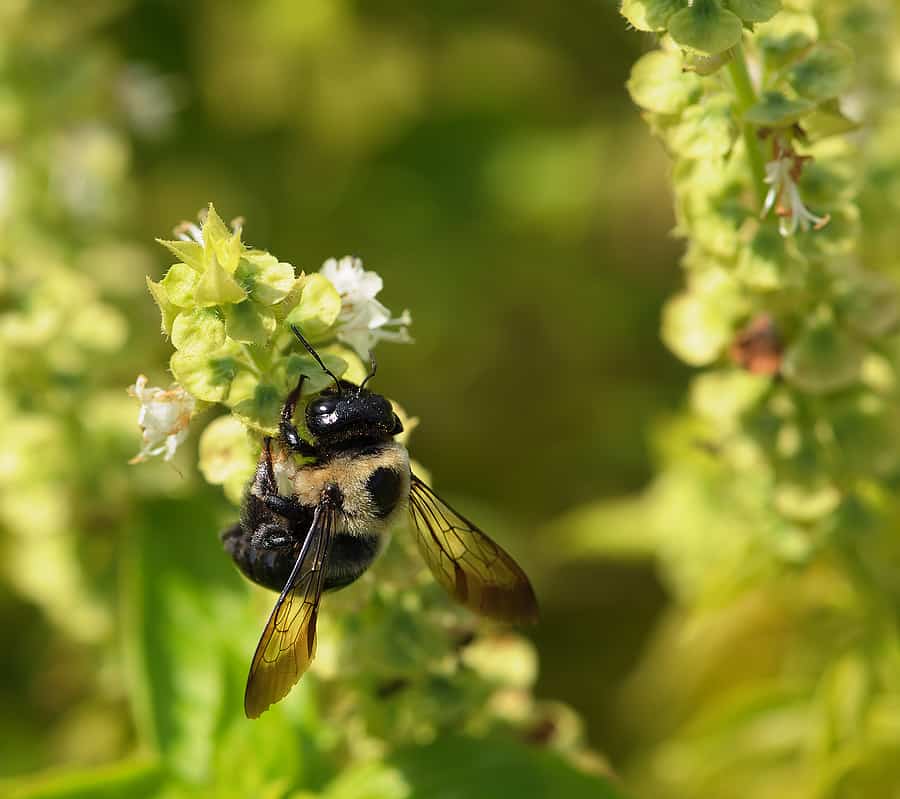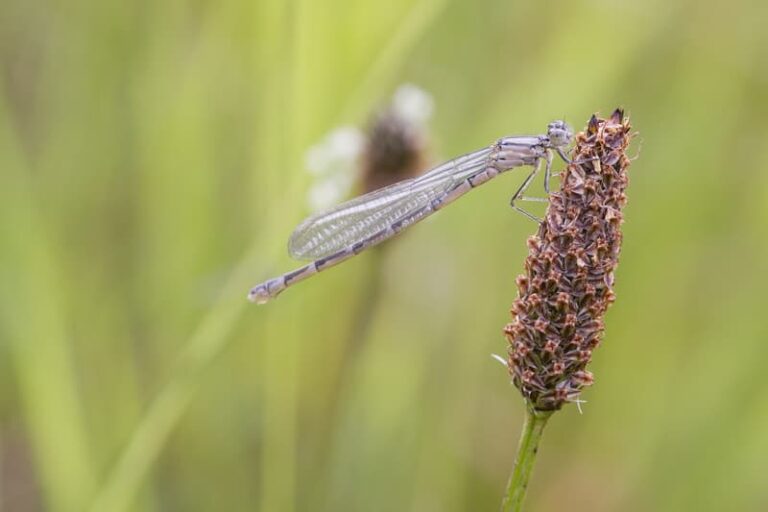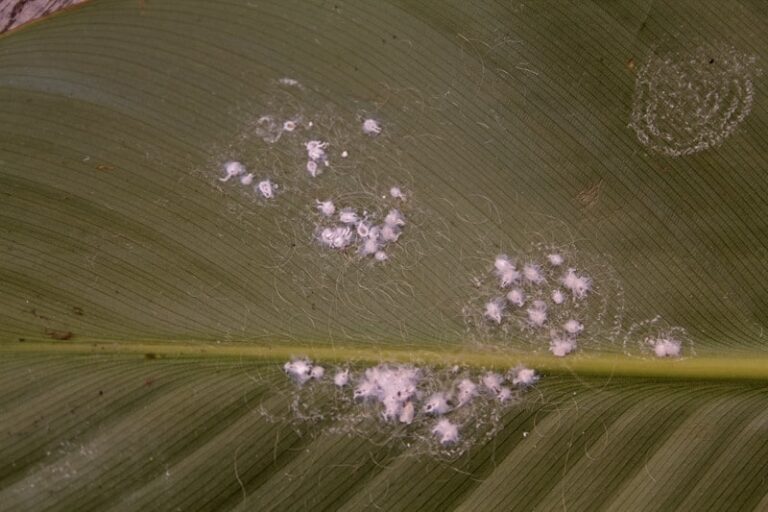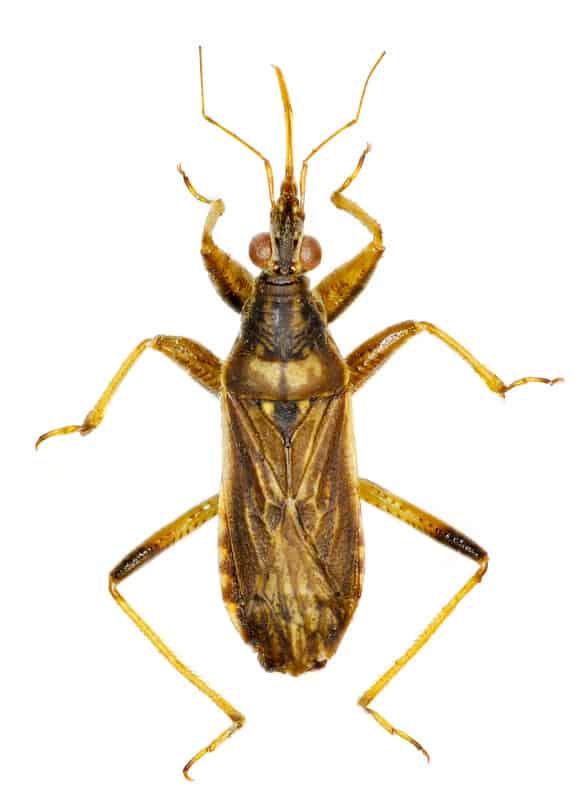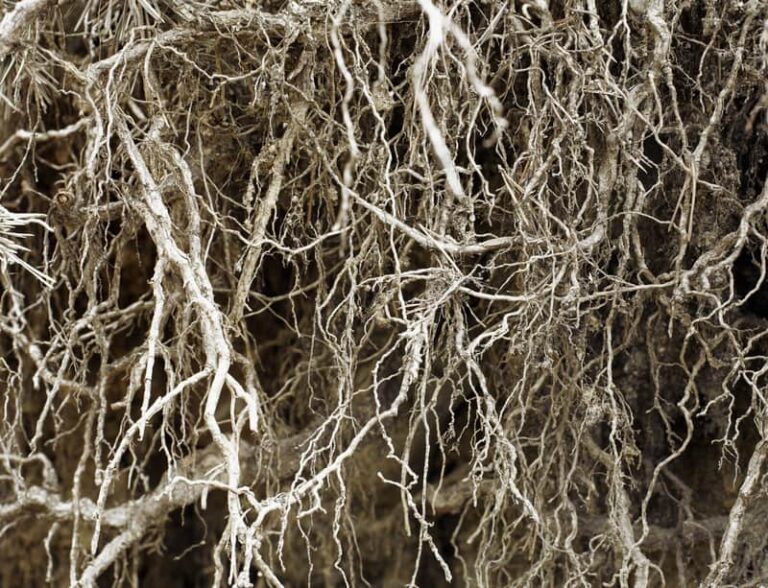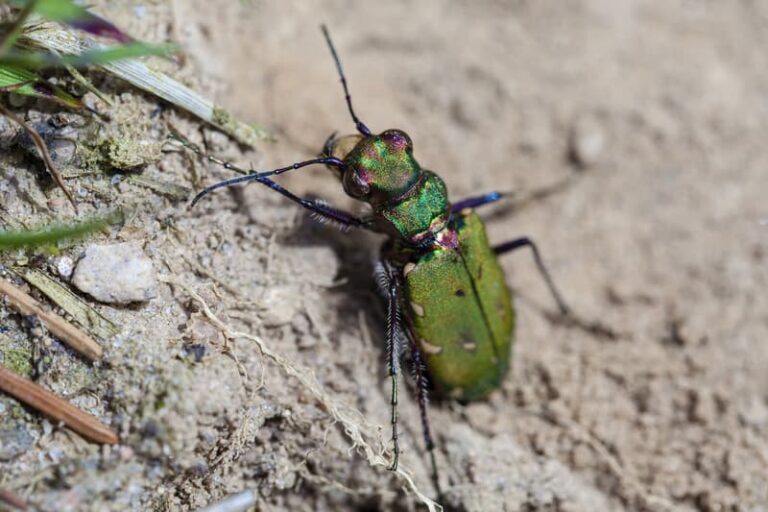Honey Bee Beneficial Insect
The honey bee is a beneficial insect and an important pollinator in the garden. Honey bees also produce honey and wax. About one-third of the human diet depends on honey bee pollination. Honey bees are important pollinators for more than 100 food crops.
Honey bees collect water and gather pollen and nectar from flowers. As they move from one flower to the next they leave behind pollen that allows many plants to reproduce.
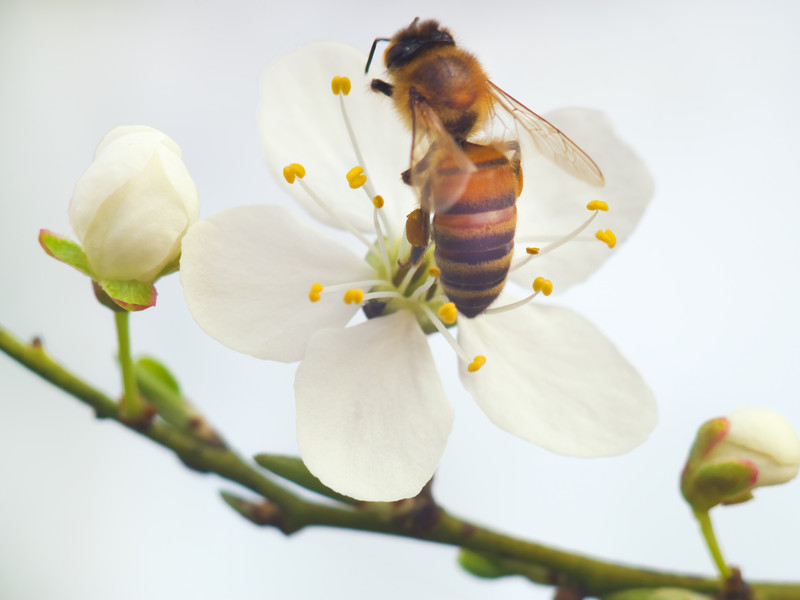
If provoked or harmed, honey bees will sting humans or pets. They will swarm and sting when an established colony is disturbed.
The honey bee’s scientific name is Apis mellifera. Honeybees are found throughout the United States and southern Canada.
The honey bee’s scientific name is Apis mellifera. Honeybees are found throughout the United States and southern Canada. Bees are found throughout North America and most parts of the world.
Honeybees are members of the insect order Hymenoptera. Other members of the group are wasps, ants, and sawflies.
How to identify honey bees
Adult honey bees are gold and black insects about ¾ inches long with translucent wings. Adult honey bees are gold and black insects about ¾ inches long with translucent wings. The honey bee has a furry body, two pairs of wings, and bands of black or brown alternating with lighter brown or tan on the abdomen. The queen honey bee is about 3/4 inch long, other honey bees are slightly shorter. The body and legs of a honey bee are covered with branched hairs to which pollen clings.
Larvae are white grubs found in the wax combs inside bee hives.
There are hundreds of bee species including native bees, orchard bees, leafcutter bees, bumble bees, and European honey bees. There are seven species of honey bees.
How honey bees pollinate plants
The honey bee is attracted to flowers with sweet nectar which it sucks up through its hollow tongue. When the bee is on the flower, pollen rubs off onto its hairy body. Some [pollen falls off when it visits other flowers, thus completing the pollination process. Honeybees usually visit flowers within 1/4 mile of their colony.
Bee life cycle
The life cycle of a honey bee consists of four stages: egg, larva, pups, and adult. A queen bee lays 2,000 to 3,000 eggs a day in the honeycomb. Fertilized eggs become female honey bees also called worker bees. Unfertilized eggs become male honey bees, also called drones.
The bee egg hatches in three days as a worm-like larva with no wings or antenna. The larva spins a cocoon after about 3 days. The pupa develops legs, wings, head, eyes, thorax, and abdomen and grows into an adult beed in 7 to 14 days and chews its way out of the cocoon. Honey bees live for 30 to 60 days.
Honey bees commonly live in social colonies with as many as 20,000 members. (Some native bees live alone in ground nests.) Queen bees lay eggs in wax cells in hives; worker bees (females) feed and care for larvae. They pay special attention to those destined to become new queens. Male bees (drones) mate with new queens. New queens leave with a swarm to start a new colony.
Worker bees work in gardens and fields collecting pollen and nectar. Bees collect pollen in pollen baskets on their hind legs. Bees use the pollen as a protein source. Bees also collect nectar from plant glands; the nectar is used as an energy source by bees. As bees gather pollen and nectar moving from one flower to another, they pollinate plants through the transfer of pollen and seeds.
Honey bees overwinter in hives, living on stored honey.
Honey is a complex substance made when the nectar and sweet deposits from plants and trees are gathered, modified, and stored in a honeycomb. Bees use honey for food.
How to attract bees to the garden
Attract honey bees to your garden by planting flowers high in nectar and pollen including asters, cosmos, calendula, snapdragons, zinnias, foxglove, sunflowers, mints, lavenders, borage, rosemary, Echinacea, and sages. Also, provide a water source in dry weather for bees.
To encourage the bee population in your garden, avoid spraying fruit trees or other plants when flowers are in bloom. If you must apply insecticides, spray in the evenings after bees have returned to the hive.
Honey bees are attracted by the flowers of many annuals, perennials, shrubs, and trees. The flowers of herbs and vegetables attract honey bees.
Many culinary herbs will attract honey bees. Growing culinary herbs provides the double duty of attracting pollinators and bringing flavorings to the kitchen. Many herbs can be harvested cut-and-come-again, leaves, flowers, and seeds. That means you can enjoy many of these herbs all season without replanting.
Herbs can be planted in an herb bed or spread out to the corners of vegetable beds to make sure honey bees stop along the way to visit vegetable crops as they move from one herb to another.
Bee attracting herbs
Here are several herbs that attract bees to the garden and how the herb can be used in the kitchen.
| Herb | Part used | Use |
|---|---|---|
| Anise | Seeds, leaves | Companion to tomatoes in salad, sauce, and soup. Also with fish and seafood and roast veal and lamb. |
| Bee Balm | Leaves, fresh and dried | Shred leaves and petals for green salads. Use flowers in sandwiches. |
| Borage | Leaves | Shred leaves for cucumber flavor in salads or sour cream. |
| Fenugreek | Leaves, fresh and dried; seeds | Use leaves as a vegetable, cooked with potatoes, spinach, or rice. |
| Lemon balm | Leaves, fresh and dried | Tea; the lemon-mint flavor is also used in cooking fish and poultry. |
| Mints | Leaves, fresh and dried; flowers for salads and garnishes | Flavor carrots, eggplant, peas, potatoes, tomatoes, and zucchini. Use in marinade, jelly, and sauce. |
| Oregano and Marjoram | Leaves, flower knots | Use in Italian cooking, for pasta sauces, pizza, and roasted vegetables. Greek dishes: souvlaki, baked fish, Greek salad. Mexican dishes: beans dishes, salsas. |
| Sage | Leaves, fresh or dried; flowers as garnish | Flavoring for meats and poultry. Good with apples, dried beans, cheese, onions, and tomatoes. |
| Sweet Basil | Leaves fresh | Tea; lemon-mint flavor is also used in cooking fish and poultry. |
| Thymes | Leaves and sprigs; flowers for garnishes | Withstands long, slow cooking–stews, casseroles, soups; enhances other herbs. |
| Winter Savory | Leaves and sprigs; flowers for garnishes and salads. | Flavoring in long-cooked meat and vegetable dishes and stuffings, often with green and fava beans. |
More tips at How to Start an Herb Garden
Related articles:
Vegetable Garden Organic Pest Control
Vegetable Garden Diseases Problem Solver
Vegetable Garden Organic Weed Control
Garden Planning Books at Amazon:
- Vegetable Garden Almanac & Planner
- Kitchen Garden Grower’s Guide Vegetable Encyclopedia
- Vegetable Garden Grower’s Guide
- Tomato Grower’s Answer Book

